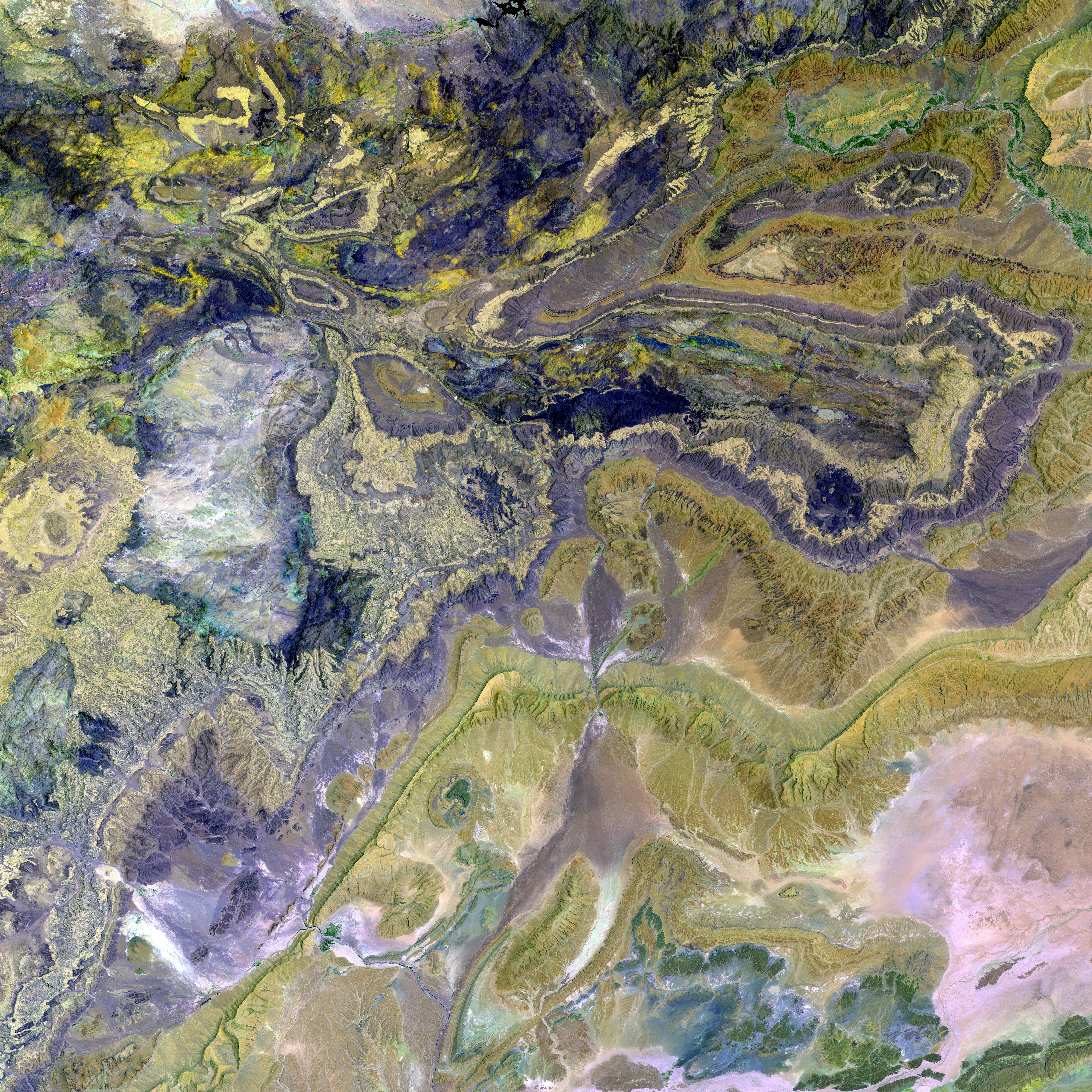Gold Leakage Detected from Earth's Inner Core by Scientists
Earth's most precious metals, including gold, originated in the planet's core billions of years ago. As the Earth took shape, dense metals sank into the core, leaving the crust almost devoid of these valuable resources, buried beneath 3,000 kilometers of solid and molten mantle.
New research published in Nature offers a surprising possibility: some of that gold may be seeping back out. Researchers from the University of Göttingen have detected traces of ruthenium in Hawaiian lava, an isotope that matches the chemical fingerprint of material that should only exist in Earth's core.
"Our data confirmed that material from the core, including gold and other precious metals, is leaking into Earth's mantle above," said Nils Messling, a geochemist at Göttingen and the lead author of the study.
The discovery adds weight to a longstanding hypothesis in geochemistry: Earth's core may not be entirely cut off from the rest of the planet. Instead, it may be exchanging material with the mantle above, a process that could have implications for how scientists understand the deep Earth and perhaps for how gold and other rare elements ended up in the crust we mine today.
To understand how gold ended up in the core, we have to rewind the planet. In its infancy, Earth was molten and chaotic. Heavy elements, including gold and ruthenium, sank to the center pulled by gravity. In later years, meteoritic shrapnel delivered a small replenishment of ruthenium, but it carried a different isotopic flavor than core material. The unique isotopic signature of the ruthenium detected in Hawaiian lavas made it clear that something from the core was mixing into the molten rock rising from deep within Earth.
The researchers speculate that either core metal is mixing directly into the base of the mantle or thin layers of metal oxides crystallize atop the core and get mixed into the rising mantle plume. This ongoing process of exchange might help answer the age-old question: where did Earth's gold really come from?
It's unlikely this gradual leaking of gold will lead to a gold rush, but the findings offer a unique perspective on the evolution of our home planet. The Earth might be very slowly regifting its buried treasure.
- This new research suggests that Earth's core may be slowly leaking precious metals like gold into the mantle, contrary to previous beliefs.
- The discovery of ruthenium isotopes in Hawaiian lava, matching the chemical fingerprint of Earth's core, supports the idea of ongoing material exchange between the core and the mantle.
- If confirmed, this exchange process could redefine our understanding of the Earth's deep interior and the origins of rare elements in the Earth's crust.
- The development in data-and-cloud-computing technology has enabled scientists to analyze and interpret complex geochemical data, leading to breakthroughs in our understanding of the Earth's evolution and the movement of metals within it.
- In the realm of environmental-science, understanding the movement of precious metals within the Earth can shed light on the environmental impact of mining and the potential for new deposits.
- The tech industry could also benefit from this research, as advancements in science may lead to more efficient methods of mining and the discovery of new resources, further driving innovation and economic growth.




